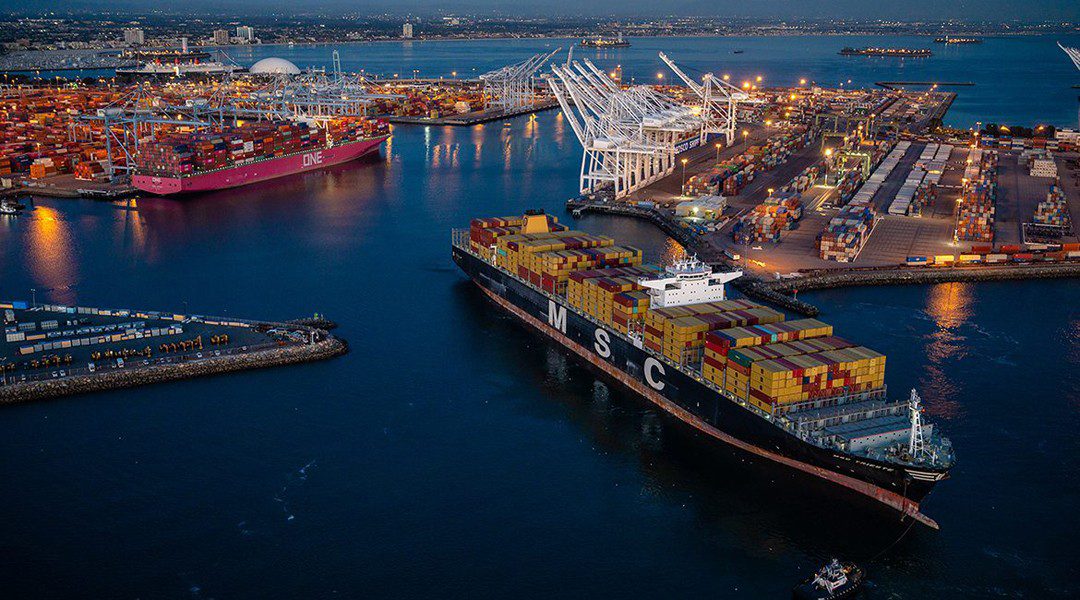Brent prices averaged $124 per barrel in June 2022 but came down to an average of $113 per barrel, a decline of $11 per barrel.
The price level is still high; however, the fall was due to various factors. First, the bearish sentiment on equity markets amid increasing concern of a global economic slowdown spilled over into oil markets.
Prices got support from renewed concerns of supply uncertainty following reports of a decline in China’s product exports and a retraction of the US dollar; however, an increase in US gasoline and Cushing crude stocks offset the concerns.
Russian production has recovered a large part of its April decline in the first half of July, according to the energy ministry, as export flows are redirected.
However, the US and European Union’s proposal to put a cap on Russian oil export prices does face challenges in its implementation, though the move facilitates higher export flows to Asia.
The outlook for Russian production is the most crucial variable, with weaker global demand growth in 2023. However, a successful agreement on a price cap for Russian oil would suggest that a higher rate of exports via redirection to Asian countries would continue into next year.
Libya has lifted force majeure and has resumed oil exports, along with production from major fields El Feel, Sharara and Waha. This influx could add 500,000 barrels per day from June production levels, as the oil minister expects production to rise from 700,000 bpd to 1.2 mbpd over the next 10 days.
The EU became the top consumer of US oil during the first half of 2022. This trend will likely continue in the second half and support oil prices amid its ongoing self-imposed embargoes of Russian crude oil.
The International Energy Agency’s recent call on the EU to temporarily boost oil and coal power plants will incentivize gas to oil fuel switching and thus lend support to oil demand in the coming weeks, albeit with risks of economic slowdown in the EU.
US shale companies are expected to revise their production plans for the second half of 2022, supported by solid financial performance in the first half.
This increase in US shale production may reduce expectations of supply tightness in the coming months.
While the sentiment is predominantly bearish, crude balances have been tight in the past few months and will likely remain so in August. Prices will stay in the recent $110-115 per barrel range.
However, from September onward show length returning, which is likely to start impacting prices, indications of which may become visible from early August.
Nord stream flows have resumed, reaching 67 million cubic meters per day through the Nord Stream 1 pipeline from Russia to Germany.
Yet, European industrial output will continue to be pressured by the high price of natural gas. The EU has started to take more severe steps toward solving its energy crisis. It has proposed a target for all its states to cut gas use by 15 percent from Aug. 1, 2022, to 31 March 2023, compared with its average consumption from 2016 to 2021.
Another measure from the EU to reduce reliance on Russian gas is a memorandum of understanding signed with Azerbaijan to boost gas imports from 8.1 billion cubic meters in 2021 to 12 bcm this year and at least 20 bcm by 2027.
In addition, Algeria is meant to deliver an extra 4 bcm of gas on top of the previously planned 21 bcm this year. With Europe buying enormous amounts of LNG, the global market is extremely tight, and prices remain high.
High gas and LNG prices in Europe continue to ripple and affect markets, with Japan paying its highest recorded price for an LNG cargo.
Asia’s top LNG importer Japan has historically relied on long-term contracts but has faced an energy security risk in the past few months and has been forced to source LNG in the spot market to meet its needs. The move is because of increased cooling demand due to above-average summer temperatures as well as the ongoing Russian supply concerns.
The high gas prices are having a strong impact on Bangladesh, where natural gas accounts for almost 75 percent of the country’s power generation.






